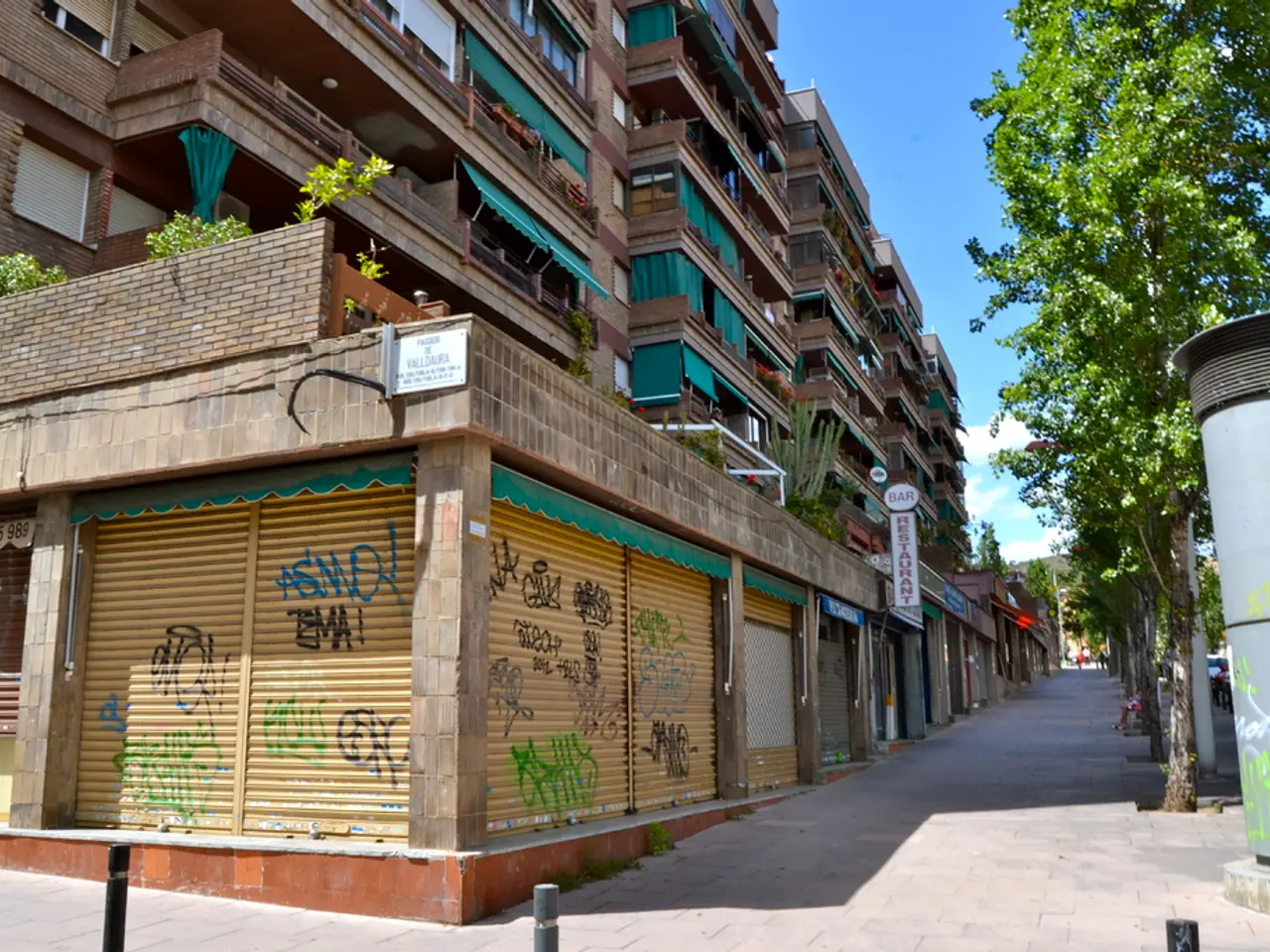Modern, progressive, and future-oriented: German rail company Deutsche Bahn inaugurates new station structure in Bitterfeld
In the heart of Saxony-Anhalt, a region actively investing in the mobility of the future, a new sustainable railway station building has emerged in Bitterfeld. This modern architectural marvel, boasting a black-amber facade made of recycled aluminum, symbolises the structural change of the region and promises benefits for people, the economy, and the environment.
The construction of this innovative station was made possible by a combined investment of around 23 million euros from the federal government, the state of Saxony-Anhalt, the city of Bitterfeld-Wolfen, and Deutsche Bahn (DB). The station is a visible sign of the federal government's commitment to improving the connection of former coal mining areas and creating new prospects and opportunities for people and the economy on site.
Dr. Lydia Hüsken, Minister for Infrastructure and Digitalization of the State of Saxony-Anhalt, emphasised the investment as a step towards sustainable mobility, stating, "The new reception building at Bitterfeld station is a testament to our commitment to the mobility of the future." Ralf Thieme, Board Member of DB InfraGO Passenger Stations, echoed this sentiment, stating that the new building symbolises the structural change of the region and benefits people, economy, and environment.
The new station is not just a station; it's a hub of modern amenities. It houses a travel center, a bakery with café, a shop for travel supplies, rooms for the Federal Police, the station mission, and resident transport companies. For the convenience of travelers, lockers, public and accessible restrooms, and money and ticket machines are available.
In line with Bitterfeld's broader role in modern green technologies, the new station emphasises energy-efficient and environmentally friendly design and construction materials. The photovoltaic system on the roof of the station building covers its power needs, and excess energy is fed into the public grid by DB. The station is also equipped with a green roof, district heating, and low-maintenance native plants, providing habitat for insects and improving air quality.
DB InfraGO plans to expand Bitterfeld into a future railway station by 2028. Post the completion of the station building, DB and the city of Bitterfeld-Wolfen will begin renovating the station area and the forecourt, including a new central bus station, parking for cars and bicycles, and elevators for accessibility.
The new railway station in Bitterfeld is one of the most sustainable and innovative reception buildings in Germany. It's a beacon of progress, reflecting the region's commitment to sustainable development and its transformation into a hub of modern, green technologies. As Armin Schenk, Mayor of the City of Bitterfeld-Wolfen, aptly put it, "The modernization of the Bitterfeld railway junction is a landmark for our city."
- The sustainable railway station in Bitterfeld, a hub of modern amenities like a travel center, a bakery with café, and a shop for travel supplies, also emphasizes environmental science through the use of sustainable materials, energy-efficient design, and renewable energy sources such as the photovoltaic system on its roof.
- The new railway station in Bitterfeld, a beacon of progress and modern green technologies, is not limited to its role as a transportation hub but extends to the lifestyle sector by promoting sustainable living practices, such as using locally sourced native plants in its green roof and district heating to improve air quality.
- As the new railway station in Bitterfeld transitioned the region towards a greener future, the Other investments in home-and-garden sectors, such as renovating the station area and the forecourt, will further contribute to the environmental-science initiatives by providing parking for cars and bicycles, and incorporating elevators for accessibility, all aimed at reducing carbon footprints and promoting sustainable urban living.




